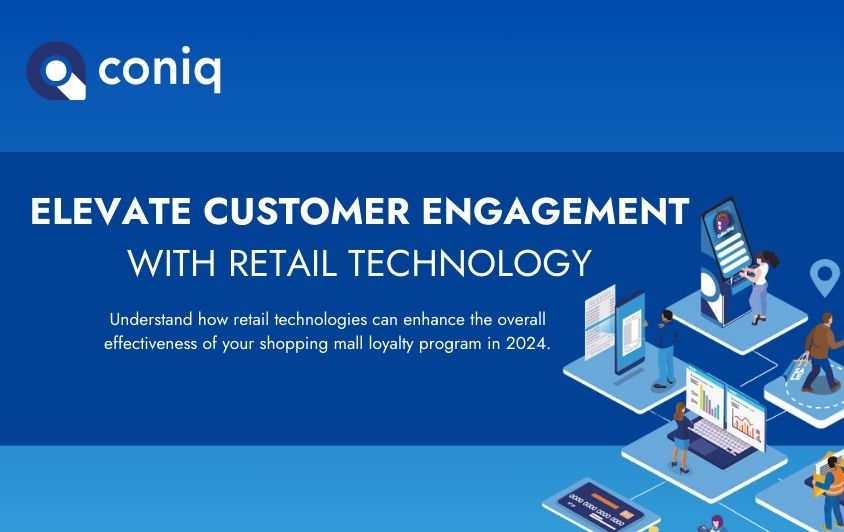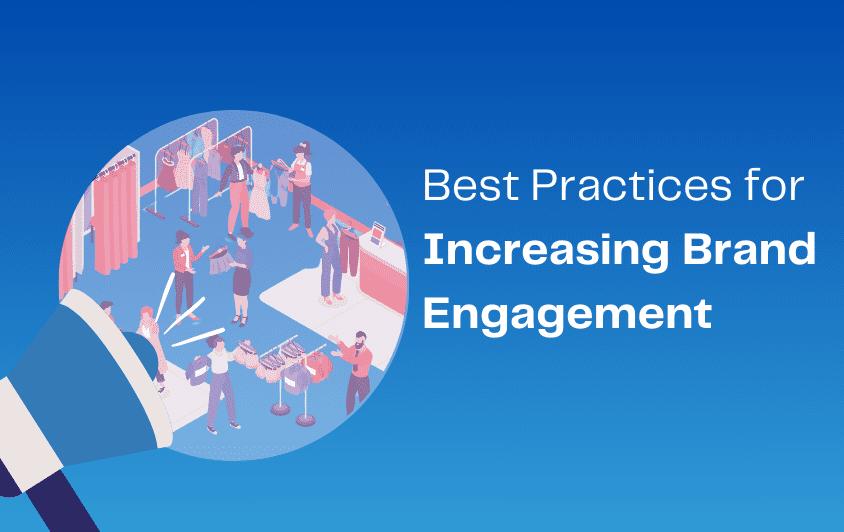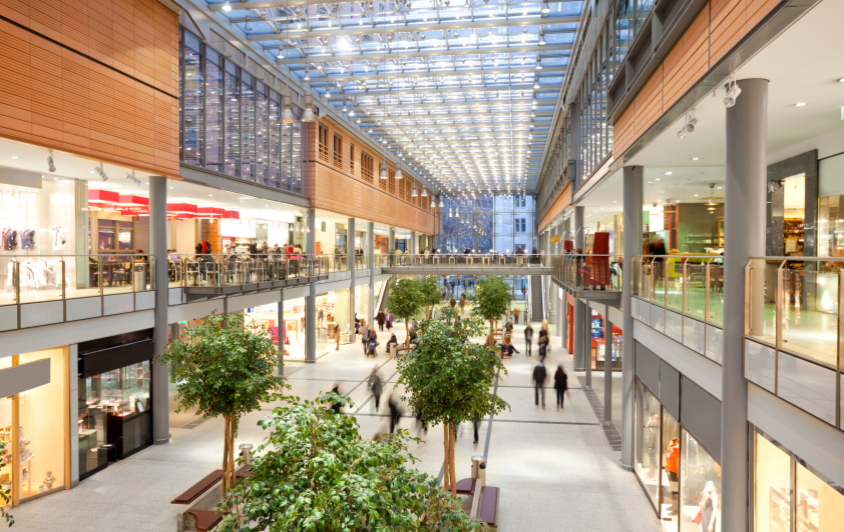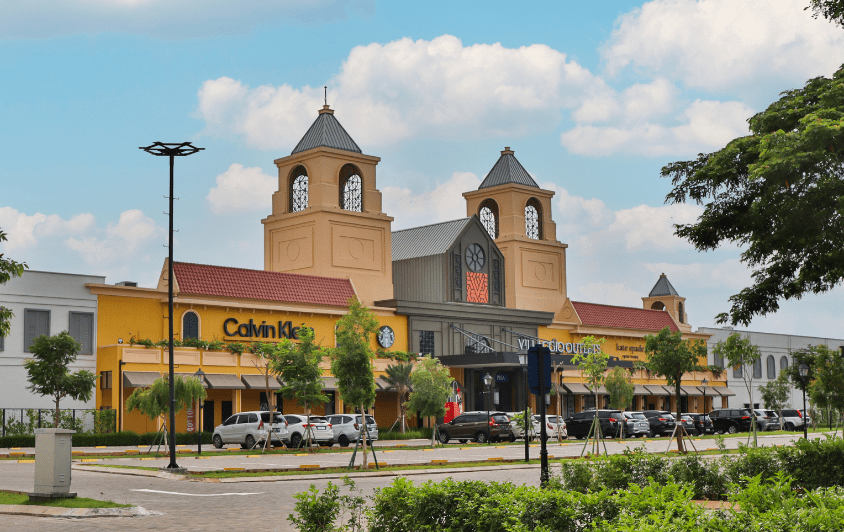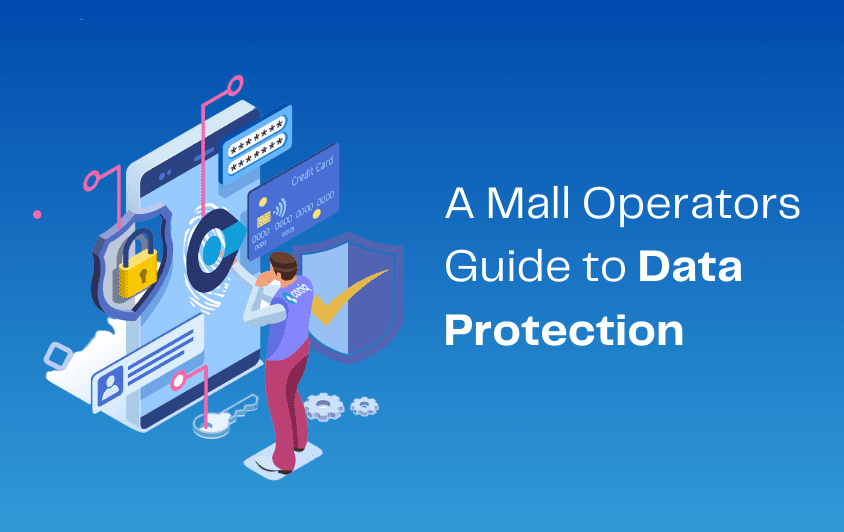Regardless of size and configuration, every shopping center aspires to enhance customer engagement, don’t they? Achieving this goal involves the implementation of engagement solutions and loyalty programs, all of which require some form of retail technology for execution. Undeniably, those who adopt a broader range of innovative technologies will experience a positive influence on the success of their program. These technologies aren’t merely nice-to-haves; instead, they represent strategic decisions that directly contribute to the return on investment (ROI) of a program and customer engagement.
In our previous blog within this series, we discussed the first steps a mall should take to build an effective loyalty program. Following these will lead you to decisions surrounding the type, size, and day-to-day running of your loyalty program – now it’s time to consider the technical implementation and how this can enhance the effectiveness of your engagement strategy.
The role of technology in a loyalty program
Why you need to invest in the right technology:
- Enhance customer experience and useability, which in turn increases engagement
- Implement the tools to collect and understand customer data
- Improve how you communicate with your customers, to nurture relationships
There are various types of technology on the market, all of which can be combined to create a highly successful loyalty program that drives engagement. Examples of technology features available:
- Geo-fences – tracks the movements of individual customers
- Receipt scanning – encourages engagement after the point of purchase
- Gamification – influences behavior change and habit formation
- Physical scanners – facilitates a super simple customer journey at POS
- Push notifications – communicate with customers in real-time
- Card-linking – allows customers to link payment cards to automatically earn rewards as they spend
- Digital wallets – create a secure space for your customers to collate the points they earn
As seen within discussions at MAPIC’s 2023 Retail Outlet Conference, several key trends for 2024 will continue to develop at speed thanks to profound global consumer demand. Expectations for the retail sector to focus on sustainability, changing customer habits, retailtainment, and AI, will fuel the arrival of new and optimized retail technologies.
Data capture: the epicenter of customer engagement
Capturing first party data directly from your customers is the ultimate aim when it comes to customer engagement. Understanding the needs and behaviors of your customers is essential for engagement, (e.g. customer preferences, transaction history, and demographic profile will allow you to understand your shoppers at a deeper level) enabling you to shape your interactions with them. However, targeting the right customers, with the right content at the right time requires the right technology.
Data capture can start with simple actions such as monitoring social media pages and providing an email newsletter opt-in. More advanced technologies include a fully automated CRM function with a platform that collects data at every touchpoint, tailoring rewards, and features that accurately track activity undertaken within a mall. Read our ‘how to get started with data capture’ blog for our top tips on how to collect information that will positively impact your bottom line >
Personalization and AI: your customer engagement driver
Personalization is a necessity for a loyalty program, with a proven uplift in engagement, repeat custom, and level of spend. 80% of consumers say that they’re more likely to do business with a company that offers personalized experiences so creating an effective personalization strategy comes down to, you guessed it, utilizing the data you’ve captured.
Technology can help you tailor your personalization strategy and allow you to better meet the needs of your customers. 65% of shoppers say they’d share their data for value-adding personalization, for example, tailored recommendations, discounts, and special offers based on previous purchases or birthday and anniversary gifts. Coniq’s Journey Builder gives users access to a visual decision tree that identifies the best way to interact with shoppers based on their behavior. This tool delivers exclusive offers and discounts to those most likely to utilize them, along with personalized communications and notification triggers. Lean on AI and machine learning technologies to help you predict new trends, generate fast, personalized responses to customer queries, and create personalized emails using AI email builders.
Gamification: a motivator for behavior change and habit building
Gamification is the practice of adding typical gaming features and functions, by integrating ‘fun’ to motivate customers and encourage desired behaviors.
There are hundreds of ways to gamify your program, both online and in-mall. Building in functions such as leaderboards and streaks, extra points collection opportunities, prize draw competitions, and friends and family sharing features, will encourage users to interact with your program regularly.
Choosing the right technology provider
Choosing the right technologies on which to build your core program is the first hurdle, and understanding how technology-based features such as those highlighted above can be integrated is an important factor in your decision.
There are two routes to consider at the initial stage:
Build a custom solution
Building a custom solution with an in-house development team is often seen as an appealing way to create a unique offering. However, the pros and cons should be carefully considered.
Benefits of building an in-house solution
- Tailored to your specific use case with the opportunity for unique functionality
- Complete control over every element
- Full control and responsibility for managing customer data
Considerations of building a custom solution
- High initial cost to build from the ground up (takes time)
- The ongoing cost to maintain, update and upgrade the solution
- High risk of failure as building is not a core strength (For example, in the case of Mall Operators)
- Risk of creating a static product that will lose its relevancy over time
- Full liability for secure data management
- Lack of industry insights and best practices
- Lack of infrastructure to review ongoing performance, maintenance and improvements over time
- The full build and test cycle will take a considerable amount of time
- Very difficult to pivot should the results fall short of expectation
Buy an off-the-shelf solution
The second option is to benefit from a pre-established solution while also working with a supplier that is entirely dedicated to fulfilling your industry’s unique needs. This enables you to capitalize on valuable insights and industry best practices while receiving significant cost advantages.
Benefits of buying an existing loyalty solution
- Tried and tested formulas that have been optimized over time to provide the best functions and experience
- Usually much quicker (and often cheaper) to implement
- Ongoing support and maintenance from an external team
- Modular solutions allow for extra functionality to be integrated at any time
- Increased customization and functionality
- Tailored expertise relevant to your industry
- Constant, up-to-date innovation & industry knowledge
- Learn from global leaders, leverage their experience & benchmarks
- Specialized providers are essential for creating exceptional customer experiences, especially in a Mall environment where generic experiences are insufficient
Considerations of buying off-the-shelf loyalty technology
- Will a plug-and-play solution fit all of your needs?
- Will you be too dependent on an external source?
- Ongoing license costs could increase over time
These are just some of the many considerations you should take at this stage of your loyalty program creation. To aid the decision-making process, we’ve created a handy whitepaper that delves into more detail on each solution.

